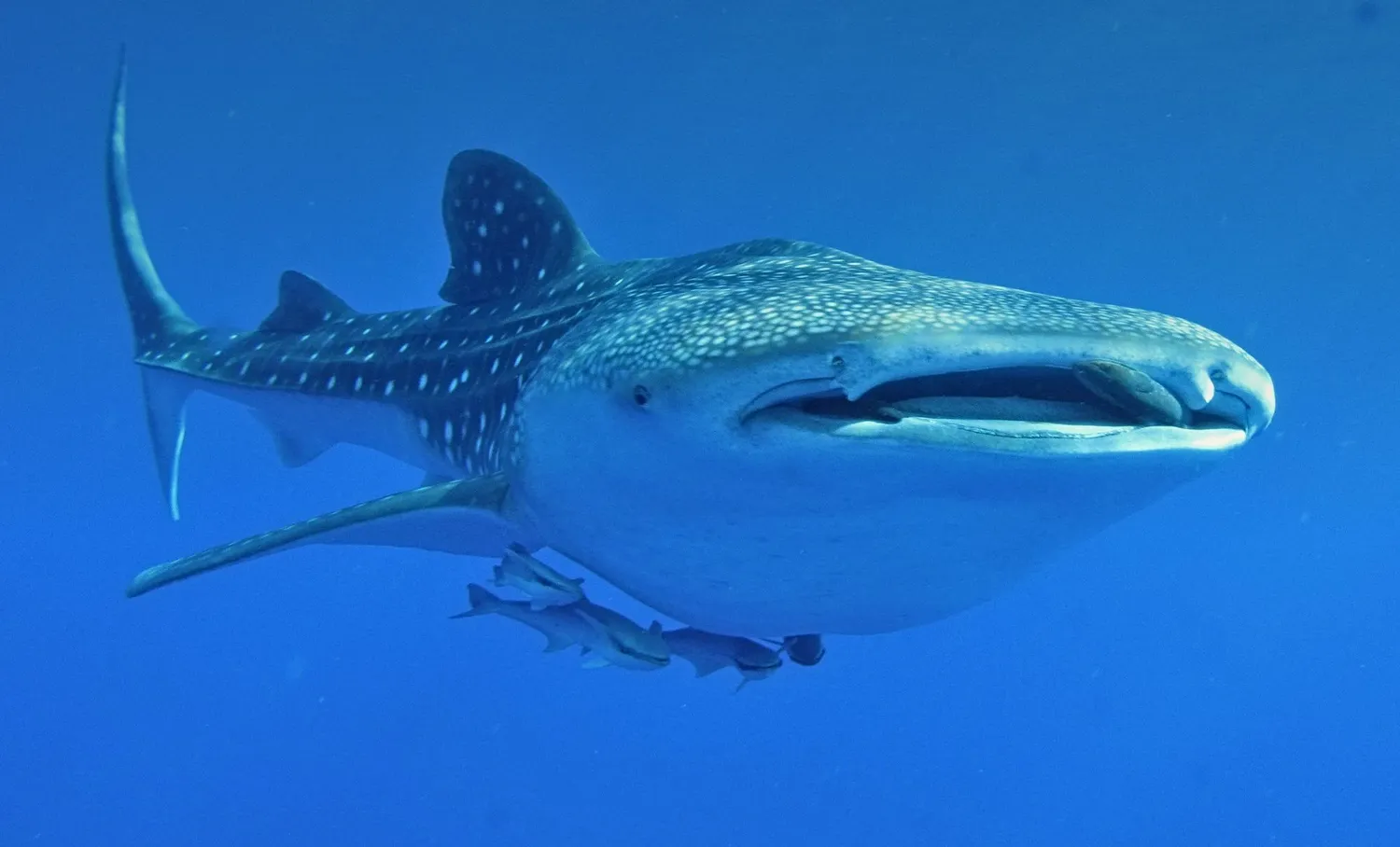Microbes - The invisible network protecting the whale shark

The whale shark Rhincodon typus is the largest species of fish in the world, often reaching more than 12 metres in length! However, the challenges that whale sharks face go far beyond what is visible to the naked eye. Understanding the function of the various microbial communities that live on the skin and tissue of the endangered whale shark has advanced significantly thanks to the work of researchers at Flinders University in South Australia and twelve other international institutions. This is the most comprehensive microbiome study of a wild marine animal of this size that has been undertaken. Describing 34 new marine microbes for the first time is a significant step towards understanding this vital component of the marine ecosystem. The results show a complex interaction between the microbes and their host whale shark. Whale sharks from different study locations exhibited a consistent complex network pattern of microbes on their skin surface, which provides insights into the features of a balanced or unbalanced microbiome which is critical to the wellbeing and survival of the host whale with which they live.
Doane, M.P., Reed, M.B., McKerral, J. et al. (2023). Emergent community architecture despite distinct diversity in the global whale shark (Rhincodon typus) epidermal microbiome. Scientific Reports 13, 12747. DOI: https://doi.org/10.1038/s41598-023-39184-5.